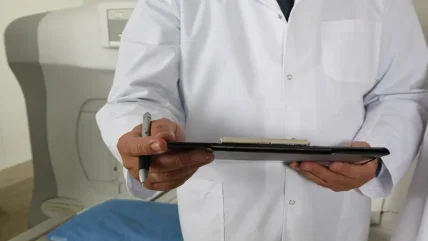
ZEISS, a German manufacturer of optical systems and optoelectronics, has launched the arivis Pro version 4.2 software for microscopy image analysis.
arivis Pro 4.2 is designed to give flexibility to researchers to customise and select the most suitable microscopy image analysis method as per their needs.
The latest software version features advanced artificial intelligence (AI)-driven segmentation tools, improved 3D analysis capabilities, and enhanced handling of large datasets, compared to its predecessor.
According to ZEISS, all these capabilities make arivis Pro a universal solution streamlined for any imaging workflow.
ZEISS digital solutions head Sreenivas Bhattiprolu said: “Our goal with arivis Pro 4.2 is to put the power of customisation directly into the user’s hands.
“Whether working with small datasets or incredibly large 3D volumes, researchers can now leverage the most appropriate tools for their specific analysis requirements.”
The software has advanced instance segmentation models powered by deep learning. Integrated within the ZEISS arivis Cloud, these models enable precise object segmentation in images using AI, without requiring coding expertise.
In addition, the presence of pre-trained models from the open-source Cellpose library allows users to segment cells and nuclei in most images.
Bhattiprolu said: “In microscopy, each dataset is unique. Some situations call for traditional segmentation methods, while others benefit from AI-driven approaches. With arivis Pro 4.2, researchers have the flexibility to choose the optimal techniques for their specific needs.”
The enhanced capabilities for 3D analysis and efficient handling of large datasets will help researchers adopt 3D imaging for in-depth insights, particularly in fields like drug discovery, said the firm.
Furthermore, arivis Pro 4.2 enables easy loading, visualisation, and extraction of valuable insights from massive 3D datasets. This capability allows for the exploration of complex 3D volumes at scale.
ZEISS operates globally in nearly 50 countries with a workforce of over 43,000 employees. The company’s presence includes approximately 30 production sites, 60 sales and service companies, and 27 research and development facilities worldwide.






